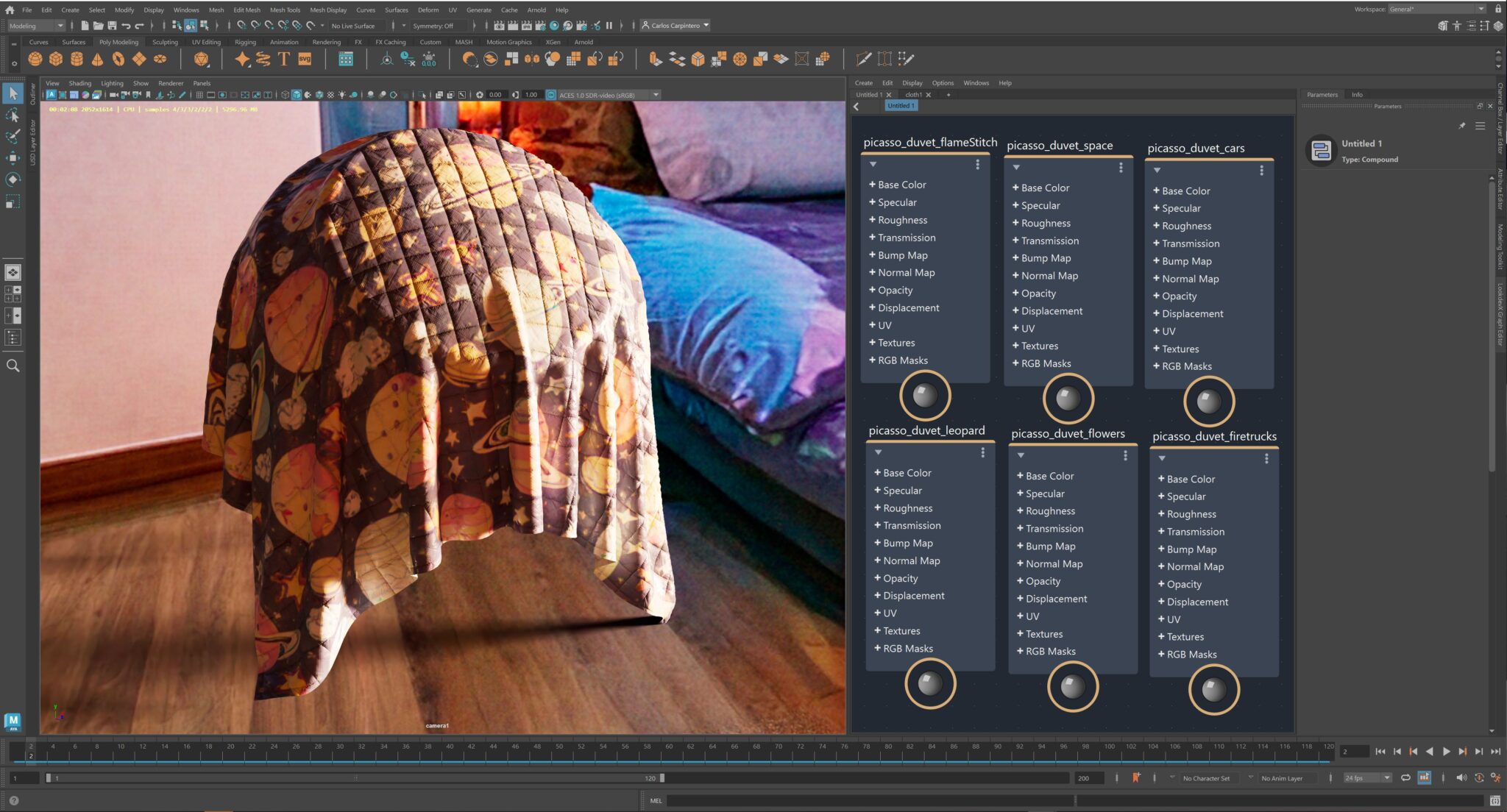Picture this: Creators can quickly create and customize 3D scene backgrounds with the help of generative AI, thanks to cutting-edge tools from Shutterstock.
The visual-content provider is building services using NVIDIA Picasso — a cloud-based foundry for developing generative AI models for visual design.
The work incorporates Picasso’s latest feature — announced today during NVIDIA founder and CEO Jensen Huang’s SIGGRAPH keynote — which will help artists enhance and light 3D scenes based on simple text or image prompts, all with AI models built using fully licensed, rights-reserved data.
From these prompts, the new gen AI feature quickly generates custom 360-degree, 8K-resolution, high-dynamic-range imaging (HDRi) environment maps, which artists can use to set a background and light a scene.
This expands on NVIDIA’s collaboration with Shutterstock to empower the next generation of digital content-creation tools and accelerate 3D model generation.
To meet a surging demand for immersive visuals in films, games, virtual worlds, advertising and more, the 3D artist community is rapidly expanding, with over 20% growth in the past year.
Many of these artists are tapping generative AI to bolster their complex workflows — and will be able to use the technology to quickly create and customize environment maps. This allows more time to work on hero 3D assets, which are the primary assets of a 3D scene that viewers will focus on. It makes a panoramic difference when creating compelling 3D visuals.
“We’re committed to hyper-enabling 3D artists and collaborators — helping them build the immersive environments they envision faster than ever before and streamlining their content-creation workflows using NVIDIA Picasso,” said Dade Orgeron, vice president of 3D innovation at Shutterstock.
Generating Photorealistic Environment Maps
Previously, artists needed to buy expensive 360-degree cameras to create backgrounds and environment maps from scratch, or choose from fixed options that may not precisely match their 3D scene.
Now, users can simply provide a prompt — whether that’s text or a reference image — and the 360 HDRi services built on Picasso will quickly generate panoramic images. Plus, thanks to generative AI, the custom environment map can automatically match the background image that’s inputted as a prompt.
Users can then customize the maps and quickly iterate on ideas until they achieve the vision they want.
Collaboration to Boost 3D World-Building
Autodesk, a provider of 3D software and tools for creators in media and entertainment, is focused on giving artists the creative freedom to inspire and delight audiences worldwide.
Enabling artists to trade mundane tasks for unbridled creativity, Autodesk will integrate generative AI content-creation services — developed using foundation models in Picasso — with its popular 3D software Maya.

Supercharging Autodesk customer workflows with AI allows artists to focus on creating — and to ultimately produce content faster.
Generative AI Model Foundry
Picasso is part of NVIDIA AI Foundations, which advances enterprise-level generative AI for text, visual content and even biology.
The foundry will also adopt new NVIDIA research to generate physics-based rendering materials from text and image prompts, demonstrated at SIGGRAPH’s Real-Time Live competition. This will enable content providers to create 3D services, software and tools that enhance and expedite the simulation of diverse physical materials, such as tiles, metals and wood — complete with texture-mapping techniques, including normal, roughness and ambient occlusion.
Picasso runs on the NVIDIA Omniverse Cloud platform-as-a-service and is accessible via a serverless application programming interface that content and service providers like Shutterstock can easily connect to their websites and applications.
Learn about the latest advances in generative AI, graphics and more by joining NVIDIA at SIGGRAPH, running through Thursday, Aug. 10.
